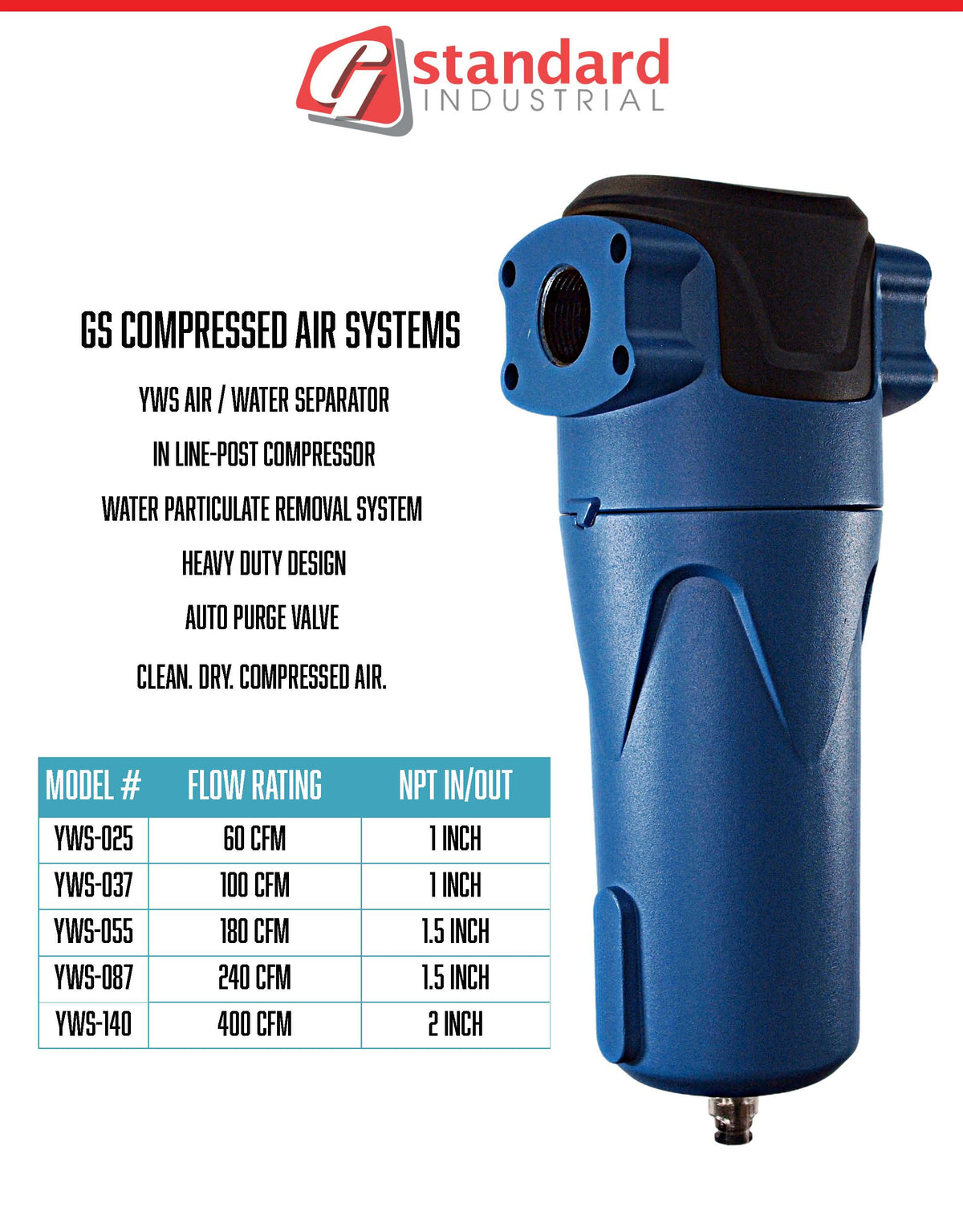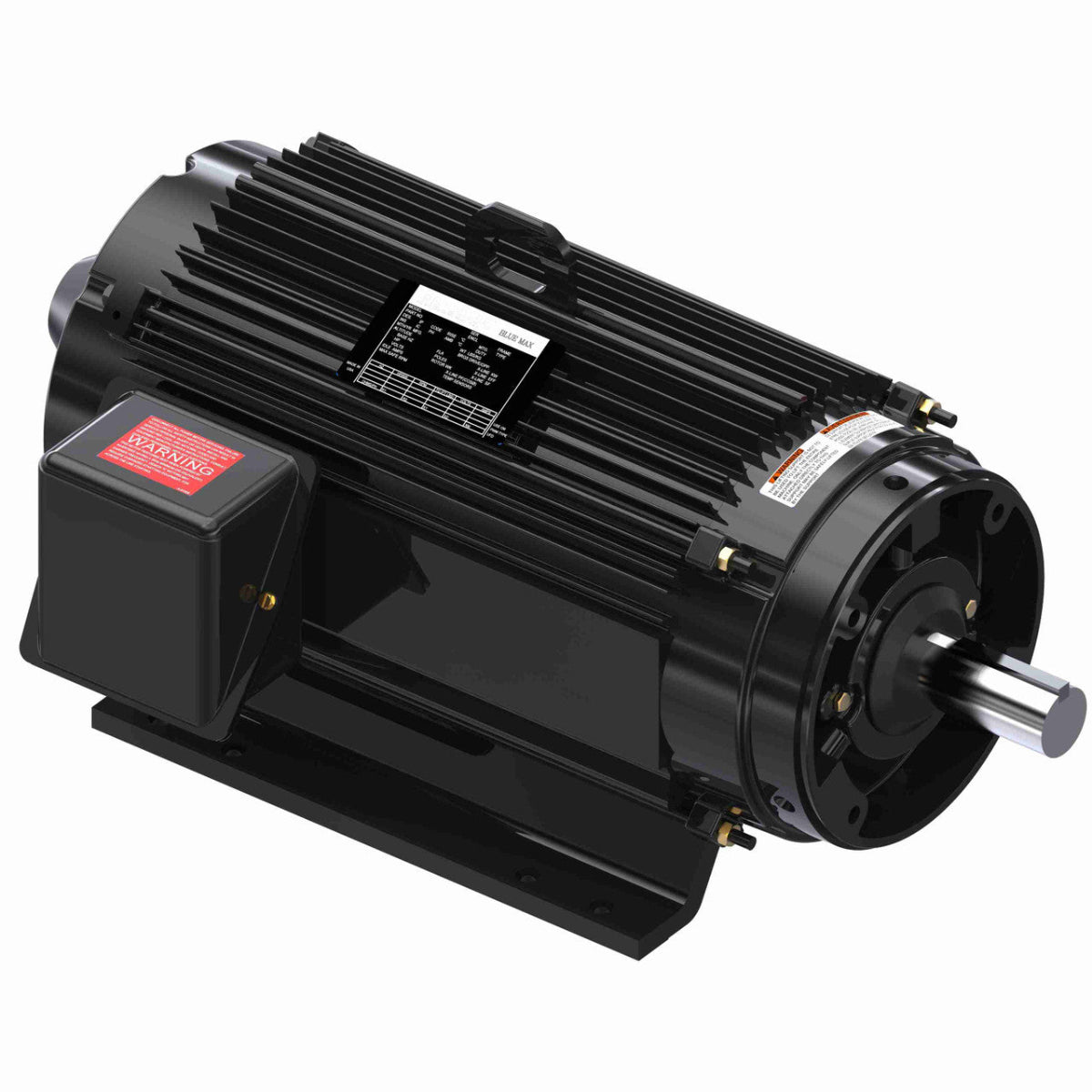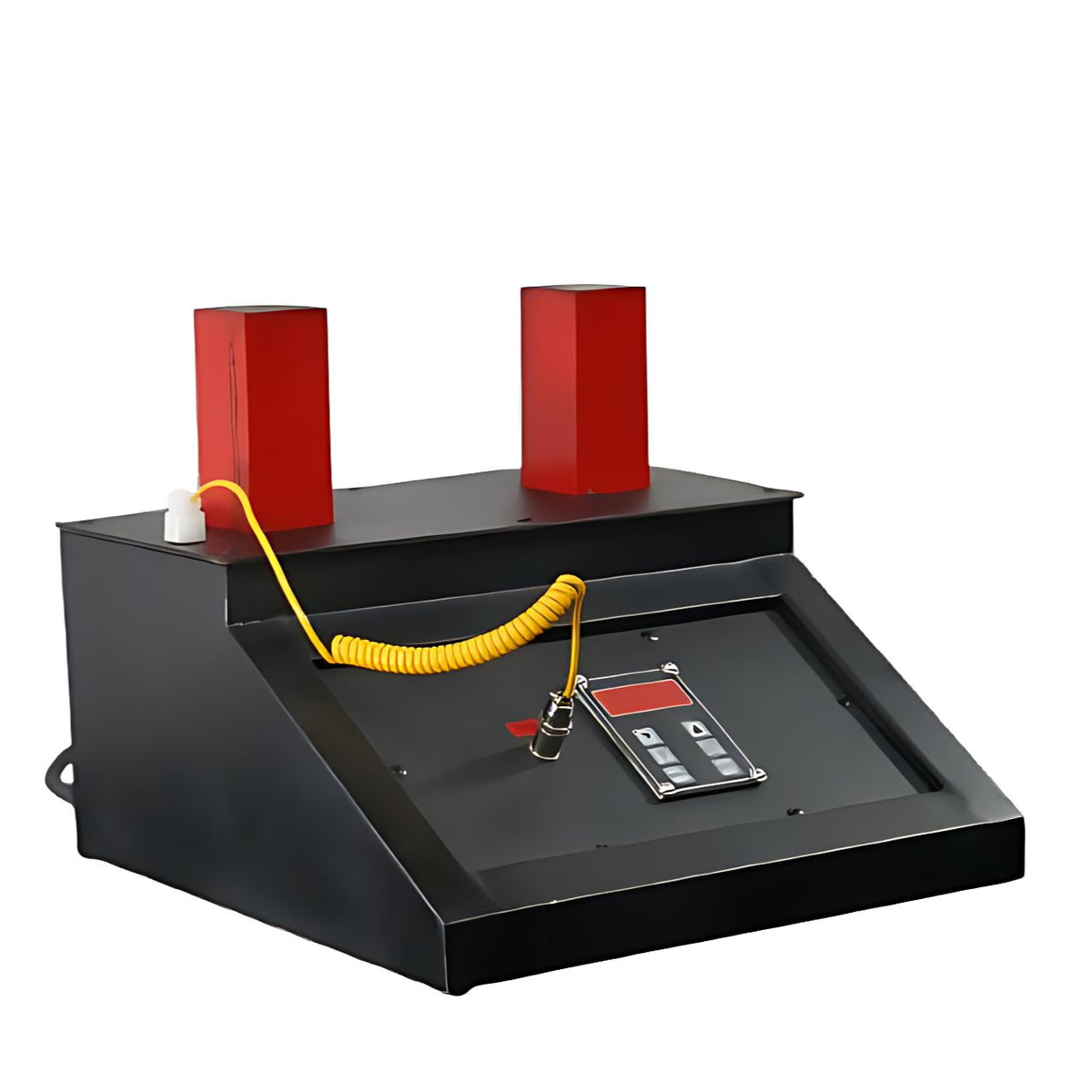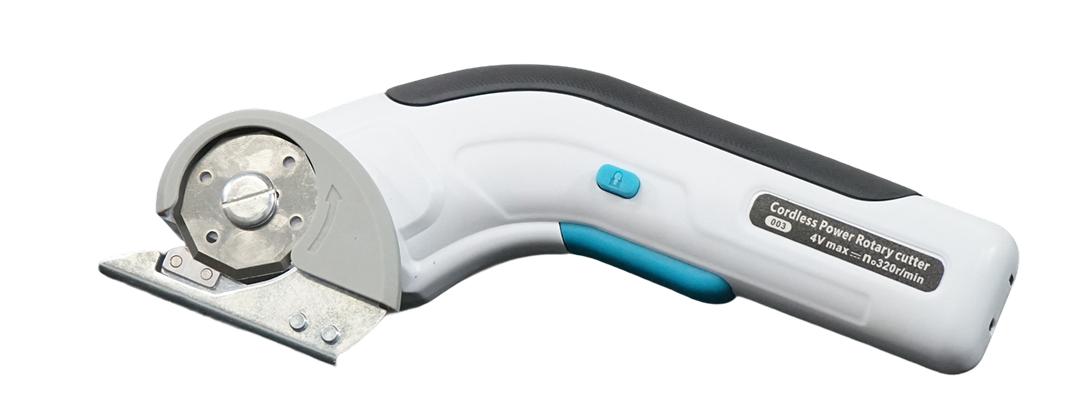Author: Noah Gilbertson
Presented by: G Standard Industrial
The industrial air compressor market is undergoing a profound transformation, driven by the converging forces of sustainability mandates, digitalization, and evolving operational philosophies. As we look towards 2025, several key trends are moving from competitive advantages to industry standards. For manufacturers and plant managers, understanding these trends is critical for maintaining a competitive edge, reducing total cost of ownership, and future-proofing operations.
1. The Unrelenting Drive for Energy Efficiency and Sustainability
Energy consumption remains the single largest cost factor in a compressor's lifecycle, accounting for up to 80% of its total expense. In 2025, efficiency is no longer just about cost savings; it's a core tenet of corporate sustainability and ESG (Environmental, Social, and Governance) reporting.
-
Variable Speed Drive (VSD) Dominance: While VSD technology is not new, its adoption is becoming ubiquitous for any application with variable demand. VSD compressors, like those offered by G Standard Industrial, adjust the motor speed to exactly meet air demand, eliminating the energy waste associated of traditional fixed-speed compressors that unload and reload. The ROI on a VSD compressor is now more compelling than ever due to rising global energy costs.
-
Heat Recovery Integration: A significant trend is the move from viewing compressors as energy consumers to seeing them as energy recovery systems. Up to 94% of the electrical energy input to a compressor is converted into heat. Advanced systems now capture this thermal energy—often wasted into the atmosphere—and repurpose it to heat factory spaces, water for sanitation, or industrial processes. This can effectively make the compressed air system carbon-neutral for heating for large portions of the year.
-
Lifecycle Assessment (LCA): Buyers are increasingly evaluating equipment based on its full environmental footprint, from manufacturing and materials to operation and end-of-life recycling. This favors manufacturers who design for durability, use recycled materials, and facilitate component recycling.
2. Pervasive Digitalization and IIoT Integration
The "smart factory" is now a reality, and compressed air systems are a critical data node within the Industrial Internet of Things (IIoT) ecosystem.
-
Advanced Connectivity and Data Analytics: Modern compressors are equipped with sophisticated sensors that monitor not just pressure and temperature, but also energy consumption, oil health, bearing wear, and valve performance. This data is fed into cloud-based platforms for analysis. The trend in 2025 is moving beyond simple remote monitoring towards predictive and prescriptive analytics. Algorithms can now predict maintenance needs weeks in advance, prescribe specific actions, and automatically order replacement parts, minimizing unplanned downtime.
-
System-Level Optimization: The focus is shifting from optimizing individual compressors to optimizing the entire air system. Centralized "master controller" systems can orchestrate the operation of multiple compressors (even of different ages and brands), dryers, and filters, ensuring the entire network operates at peak efficiency based on real-time demand.
-
Digital Twins: Some advanced operations are implementing digital twins of their compressed air system. This virtual model allows them to simulate changes, test scenarios, and optimize performance without any risk to physical operations.
3. The Rise of Oil-Free Technology for Air Purity and Reliability
While oil-flooded screw compressors remain the workhorse for general industry, the demand for Class 0 oil-free air is expanding beyond traditional sectors like food and pharmaceuticals.
-
Broader Adoption: Industries such as automotive (for painting and precision tools), electronics (for semiconductor manufacturing), and textiles are adopting oil-free technology to eliminate the risk of product contamination, reduce the cost of downstream filtration, and enhance overall system reliability by removing the oil and its associated components from the process.
-
Advancements in Design: Newer oil-free compressors are not just oil-flooded compressors with different seals. They are fundamentally redesigned with advanced materials (e.g., PTFE coatings, nano-materials) and precision engineering to ensure efficiency and durability without lubrication in the compression chamber. G Standard Industrial recognizes this shift and provides robust oil-free solutions that meet the most stringent air purity standards.
4. Servitization and Air-as-a-Service (AaaS)
A significant business model innovation is gaining traction. Instead of a large capital expenditure (CAPEX) to purchase a compressor, companies can opt for a subscription-like model where they pay a monthly fee for the compressed air they use.
-
How it Works: The provider (e.g., an manufacturer or distributor like G Standard Industrial) installs, owns, maintains, and operates the equipment on the customer's site. The customer simply pays for the cubic meters of air consumed.
-
Benefits: This model transfers the risk of maintenance, efficiency, and uptime to the provider, who is incentivized to use the most efficient and reliable equipment. It also frees up capital for businesses and provides predictable operational expenditure (OPEX).
Conclusion:
The trends for 2025 paint a picture of an industry that is smarter, greener, and more service-oriented. The compressed air system is evolving from a standalone utility into an integrated, intelligent, and highly efficient backbone of modern manufacturing. Partnering with a forward-thinking provider like G Standard Industrial ensures access to these cutting-edge technologies and operational models.
Sources for this Article:
-
Carbon Trust. (2011). Compressed Air: Minimising Energy Use and Cost. Retrieved from https://www.carbontrust.com/resources/compressed-air-minimising-energy-use-and-cost
-
International Energy Agency (IEA). (2020). World Energy Outlook 2020. Retrieved from https://www.iea.org/reports/world-energy-outlook-2020
-
McKinsey & Company. (2023). How digital twins are transforming manufacturing. Retrieved from https://www.mckinsey.com/capabilities/operations/our-insights/how-digital-twins-are-transforming-manufacturing
-
Deloitte Insights. (2022). The servitization revolution: From products to outcomes. Retrieved from https://www2.deloitte.com/us/en/insights/topics/operations/servitization-strategy.html




0 comments